Scroll for prep

Please wait…
This video is having trouble loading. You may have lost your Internet connection.
Step 1: Click to Reload this page
Step 2: Click to
Try our other video player
Step 3: Contact your teacher if trouble persists.
Or,
dismiss this message.
CONVERSEMOS:
¿Cuál es el clima más interesante que has observado?
¿Cómo lo describirías?

Please wait…
This video is having trouble loading. You may have lost your Internet connection.
Step 1: Click to Reload this page
Step 2: Click to
Try our other video player
Step 3: Contact your teacher if trouble persists.
Or,
dismiss this message.
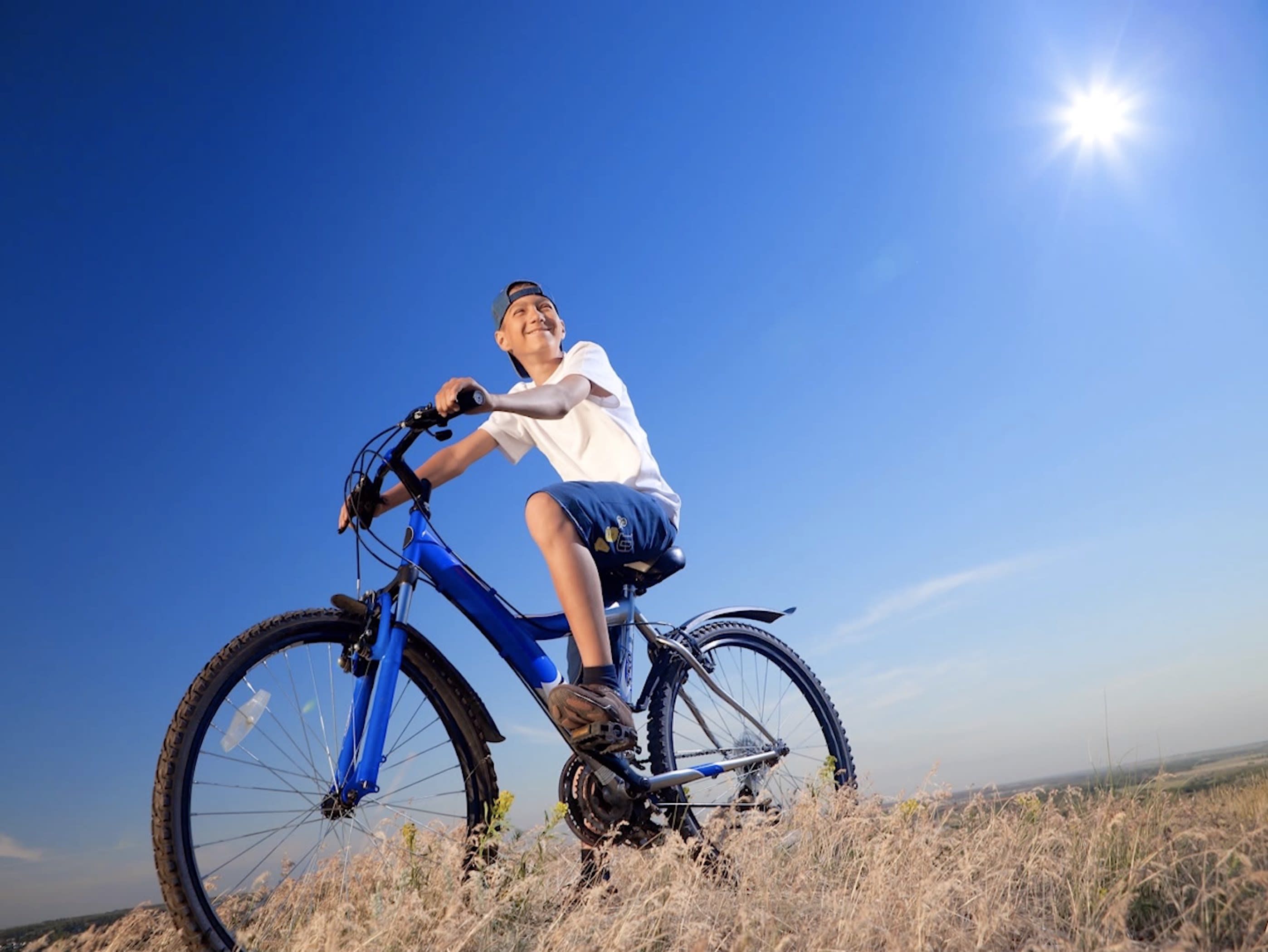
Conversemos: ¿Cómo está el clima en esta foto?

Please wait…
This video is having trouble loading. You may have lost your Internet connection.
Step 1: Click to Reload this page
Step 2: Click to
Try our other video player
Step 3: Contact your teacher if trouble persists.
Or,
dismiss this message.

Conversemos: ¿Qué sabes del clima viendo esta foto?
¿Hace frío o calor? ¿Cómo sabes?
¿Hace frío o calor? ¿Cómo sabes?

Please wait…
This video is having trouble loading. You may have lost your Internet connection.
Step 1: Click to Reload this page
Step 2: Click to
Try our other video player
Step 3: Contact your teacher if trouble persists.
Or,
dismiss this message.
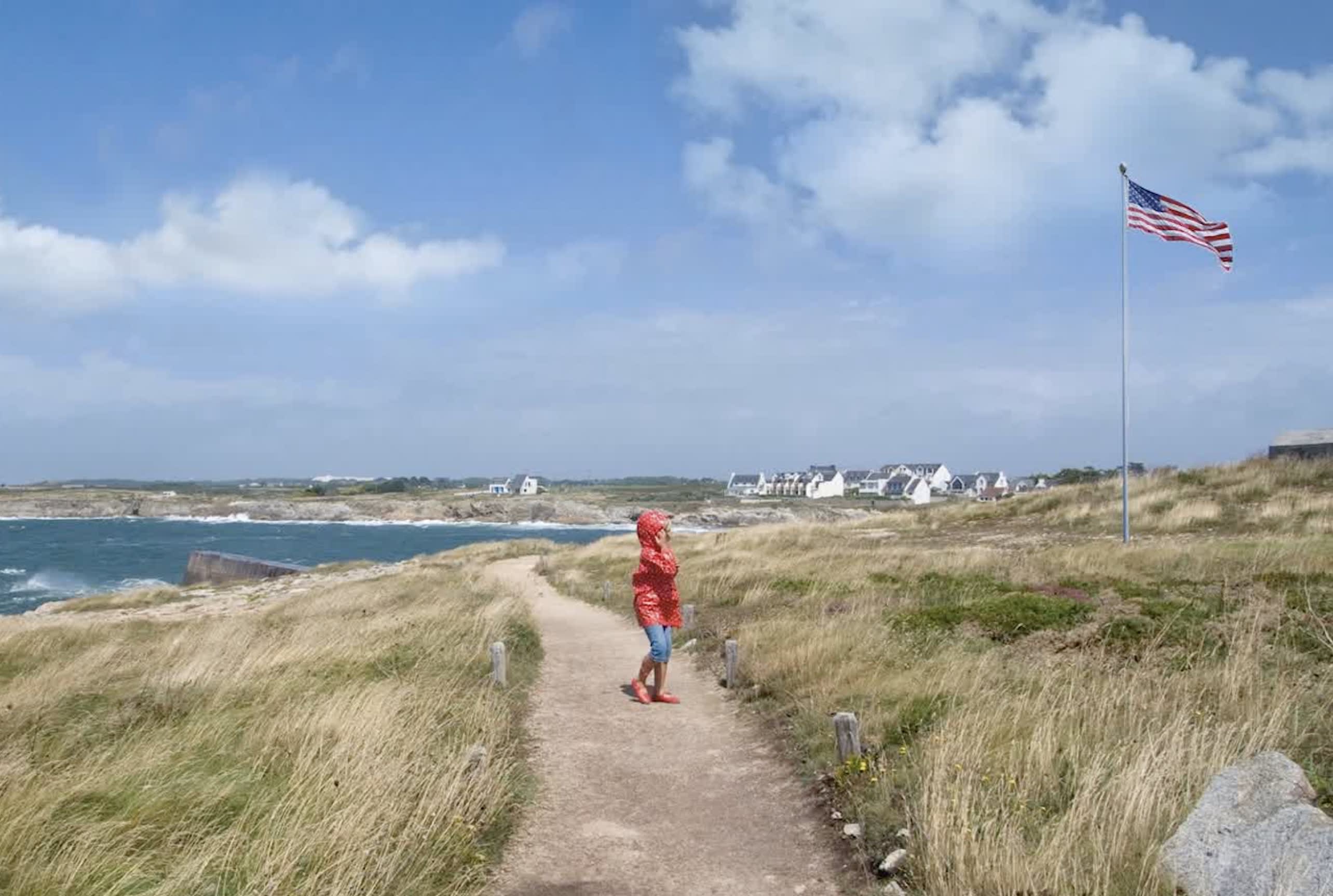
Conversemos: Piensa en las partes diferentes del clima.
¿Cómo dirías que está el clima aquí?
¿Cómo dirías que está el clima aquí?

Please wait…
This video is having trouble loading. You may have lost your Internet connection.
Step 1: Click to Reload this page
Step 2: Click to
Try our other video player
Step 3: Contact your teacher if trouble persists.
Or,
dismiss this message.
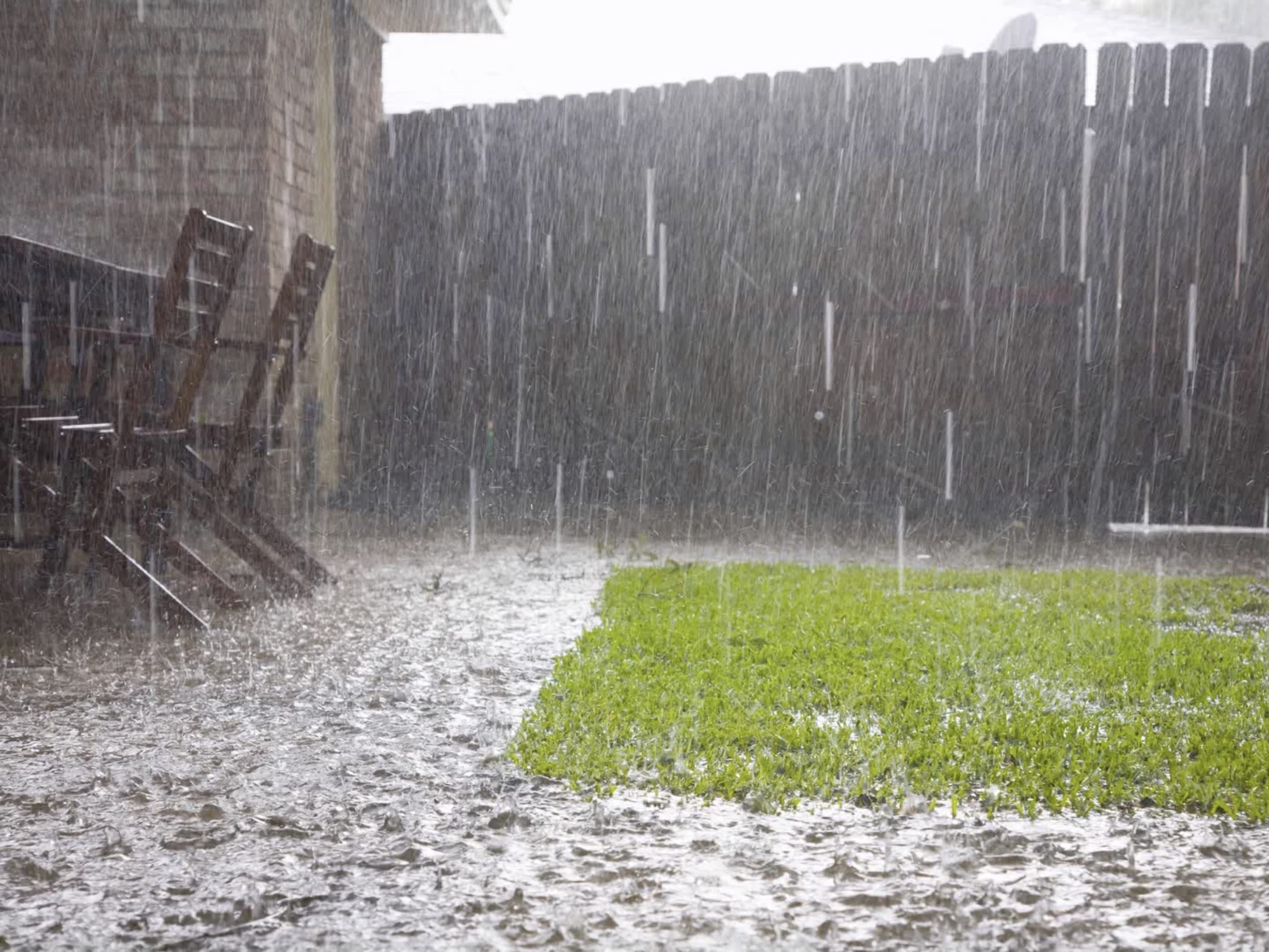
Conversemos: ¿Qué más le cuentas a alguien cuando hablas del clima? ¿Tienes alguna idea? Fíjate en esta foto.

Please wait…
This video is having trouble loading. You may have lost your Internet connection.
Step 1: Click to Reload this page
Step 2: Click to
Try our other video player
Step 3: Contact your teacher if trouble persists.
Or,
dismiss this message.
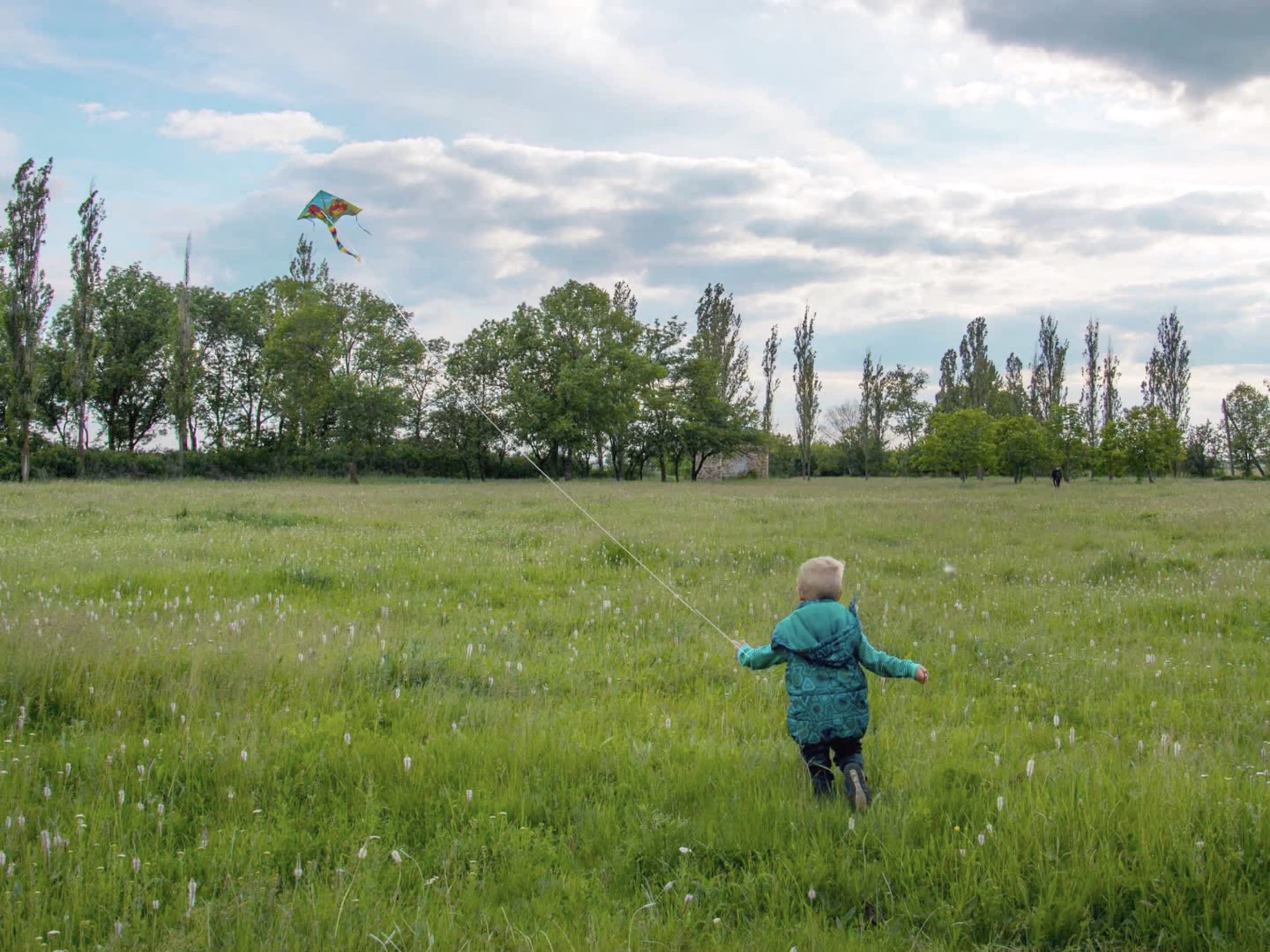
Conversemos: ¿Cómo describirías el clima en esta foto?
Piensa en las cuatro partes del clima.
Piensa en las cuatro partes del clima.

Please wait…
This video is having trouble loading. You may have lost your Internet connection.
Step 1: Click to Reload this page
Step 2: Click to
Try our other video player
Step 3: Contact your teacher if trouble persists.
Or,
dismiss this message.

Please wait…
This video is having trouble loading. You may have lost your Internet connection.
Step 1: Click to Reload this page
Step 2: Click to
Try our other video player
Step 3: Contact your teacher if trouble persists.
Or,
dismiss this message.
Paso
01/04
01/04
Obtén estos materiales. Si vas a dibujar afuera, será útil tener algo
sobre lo que puedas apoyar.
sobre lo que puedas apoyar.

Please wait…
This video is having trouble loading. You may have lost your Internet connection.
Step 1: Click to Reload this page
Step 2: Click to
Try our other video player
Step 3: Contact your teacher if trouble persists.
Or,
dismiss this message.
Paso
02/04
02/04
Escribe tu nombre y la fecha en la parte de arriba de tu hoja.

Please wait…
This video is having trouble loading. You may have lost your Internet connection.
Step 1: Click to Reload this page
Step 2: Click to
Try our other video player
Step 3: Contact your teacher if trouble persists.
Or,
dismiss this message.
Paso
03/04
03/04
Ve afuera o siéntate cerca de una ventana, y haz un dibujo que
muestre el clima de hoy. No se te olvide que al dibujar debes fijarte
en las cuatro partes del clima.
muestre el clima de hoy. No se te olvide que al dibujar debes fijarte
en las cuatro partes del clima.

Please wait…
This video is having trouble loading. You may have lost your Internet connection.
Step 1: Click to Reload this page
Step 2: Click to
Try our other video player
Step 3: Contact your teacher if trouble persists.
Or,
dismiss this message.
Paso
04/04
04/04
Pon tu dibujo en un lugar seguro. Cuando el clima cambie, puedes
hacer otro.
hacer otro.

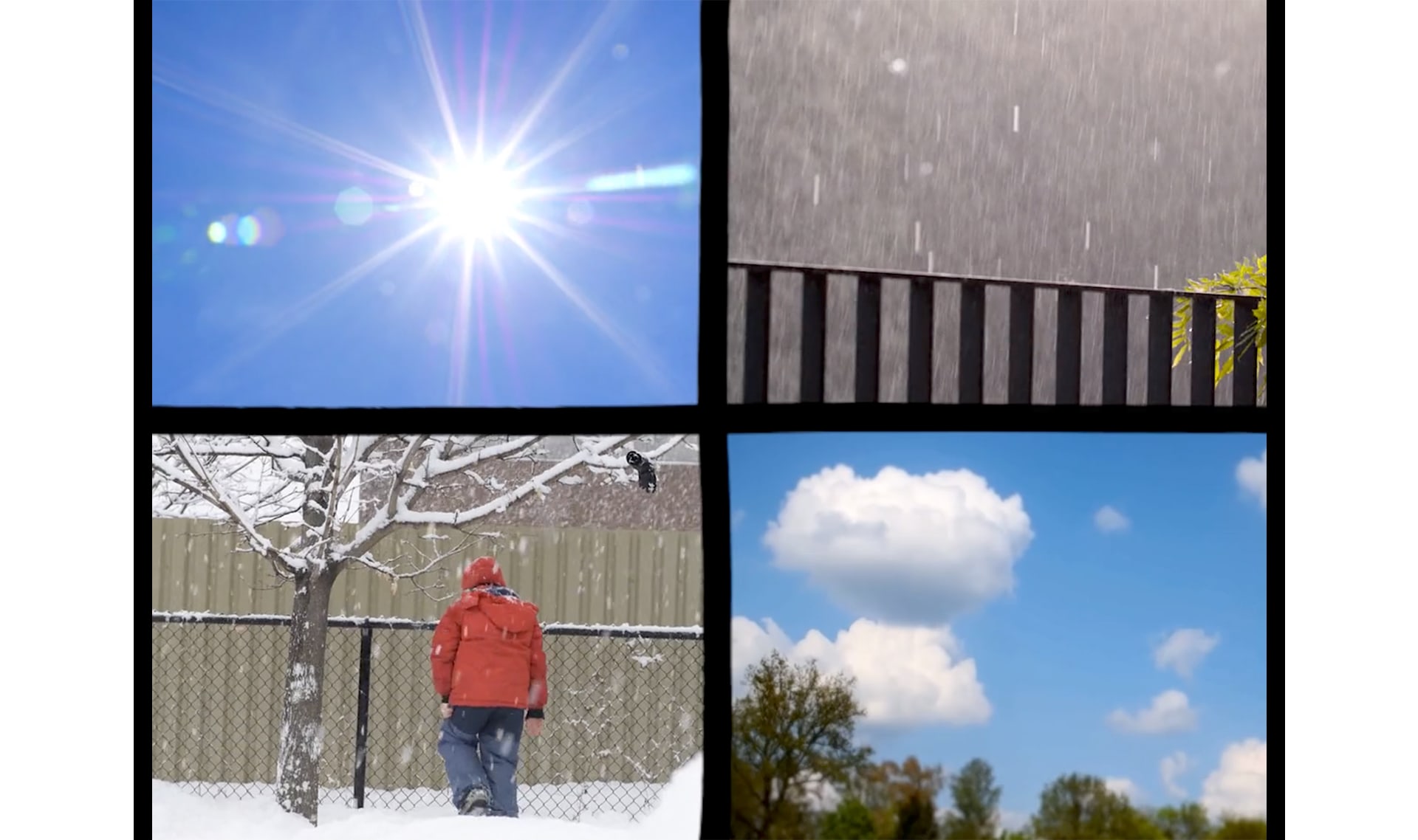
tiempo
1 de 17
el estado del aire en un momento y lugar determinado

temperatura
2 de 17
lo caliente o frío que está algo
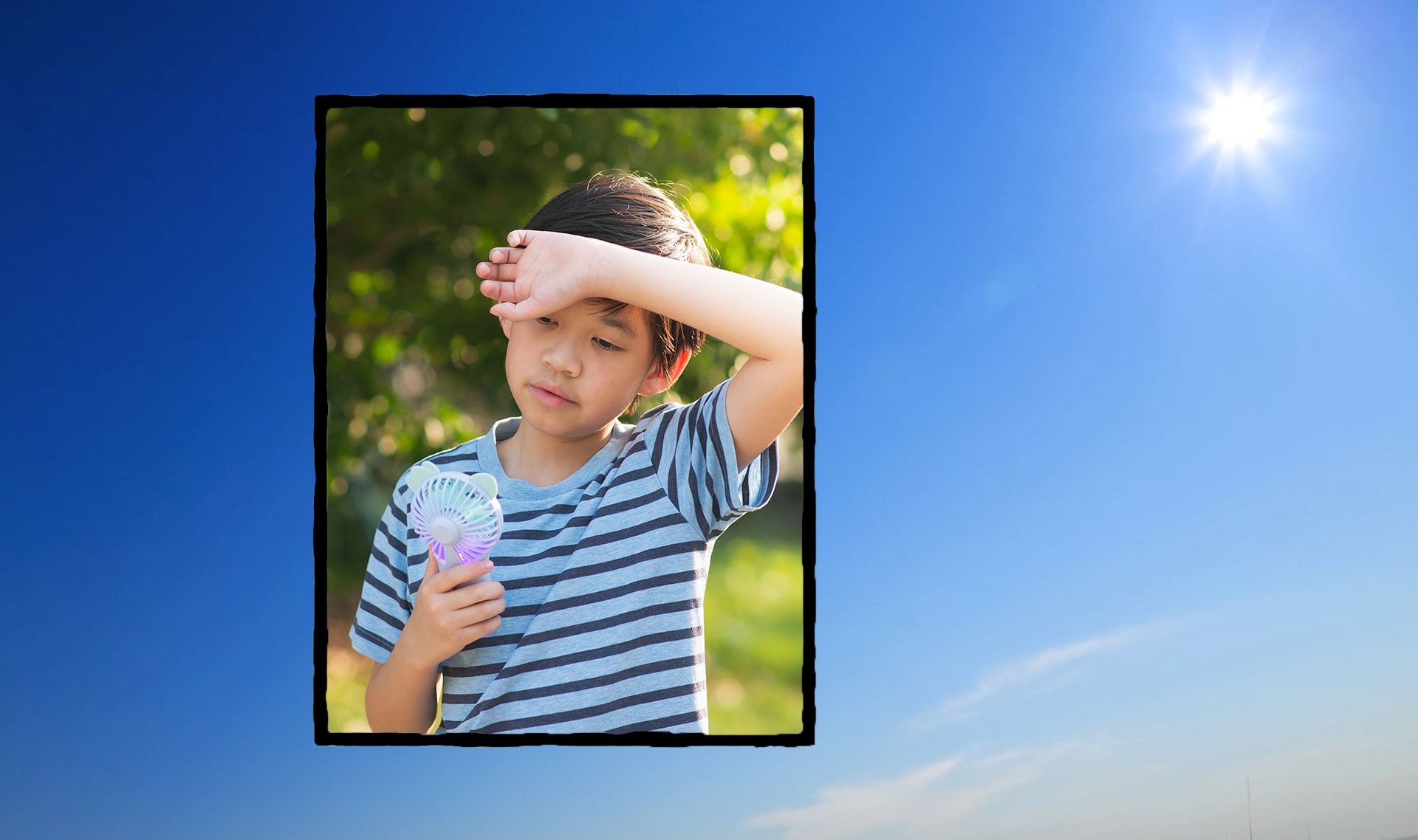
caliente
3 de 17
cuando hace mucho calor
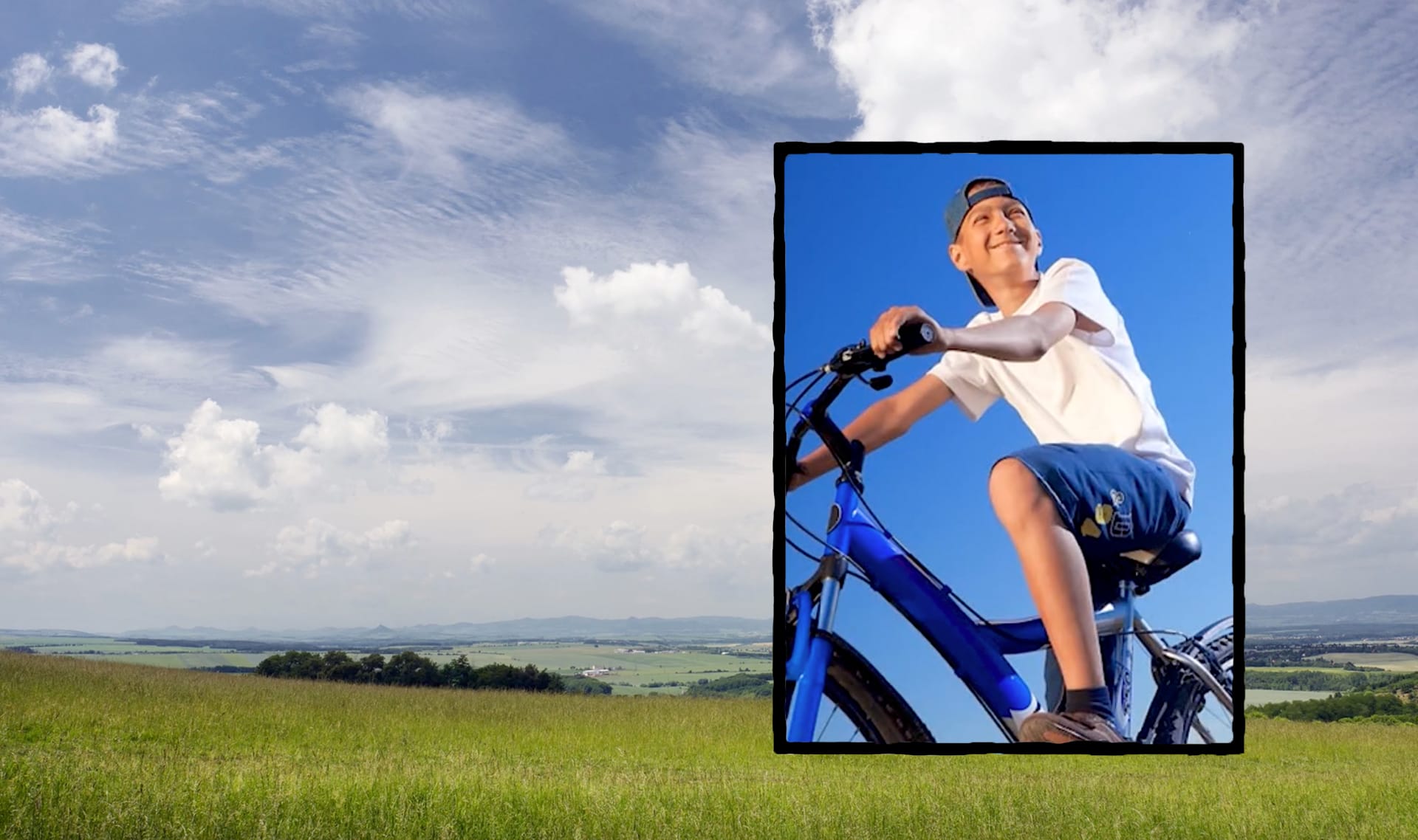
cálido
4 de 17
un poco más frío que caliente
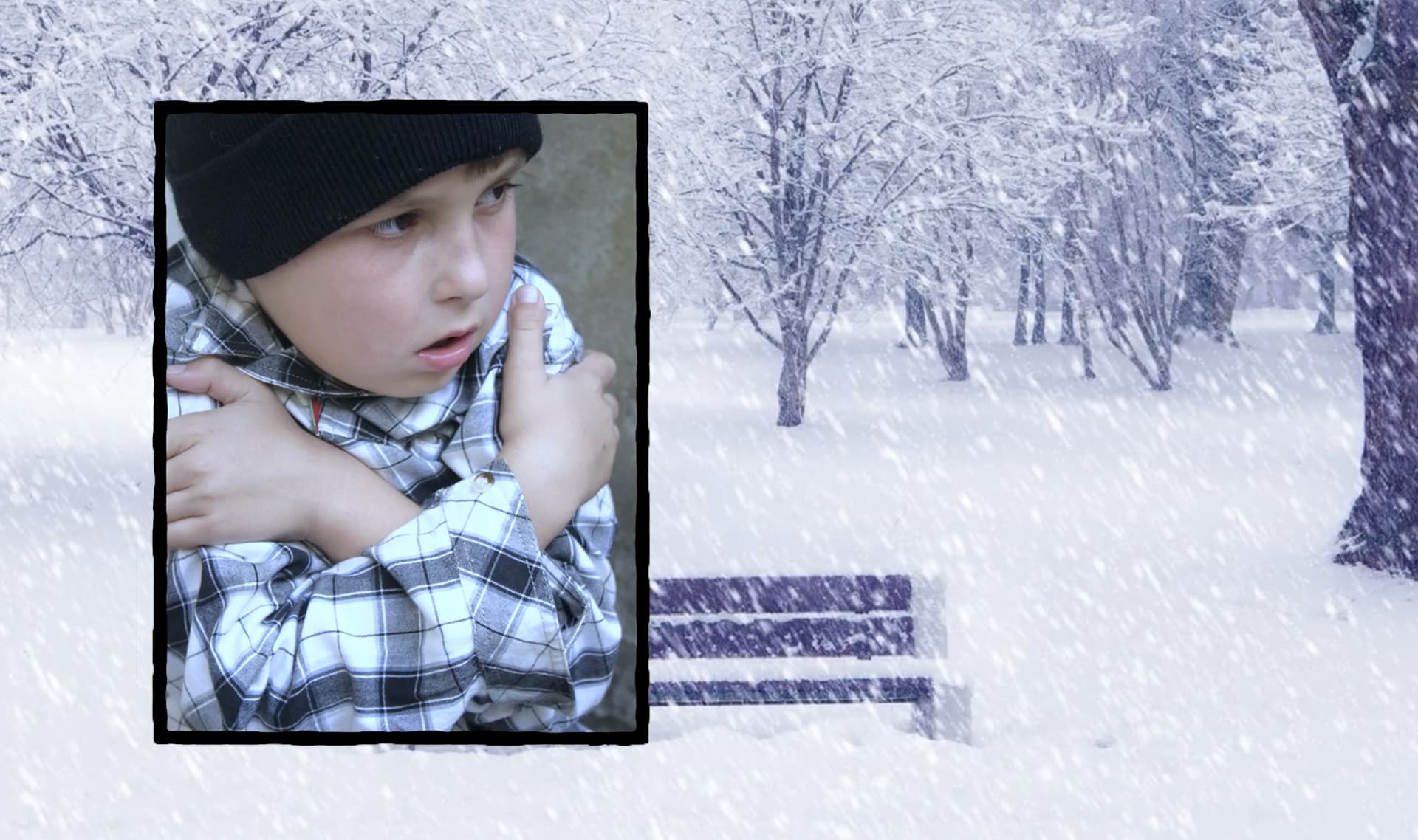
frío
5 de 17
temperatura que no es ni caliente ni tibia

seco
6 de 17
algo que no está mojado
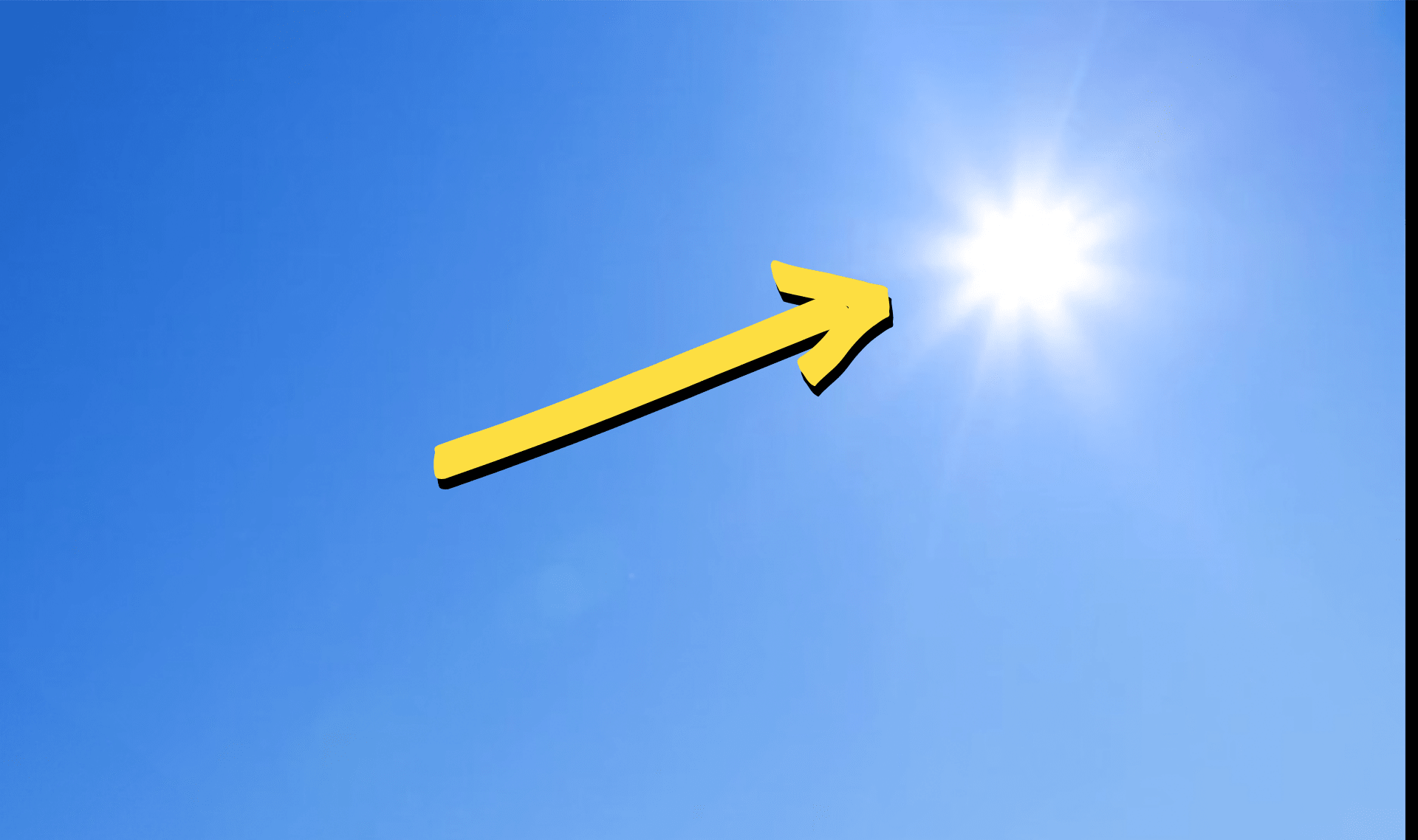
Sol
7 de 17
la gran esfera de luz en el cielo que se ve durante el día
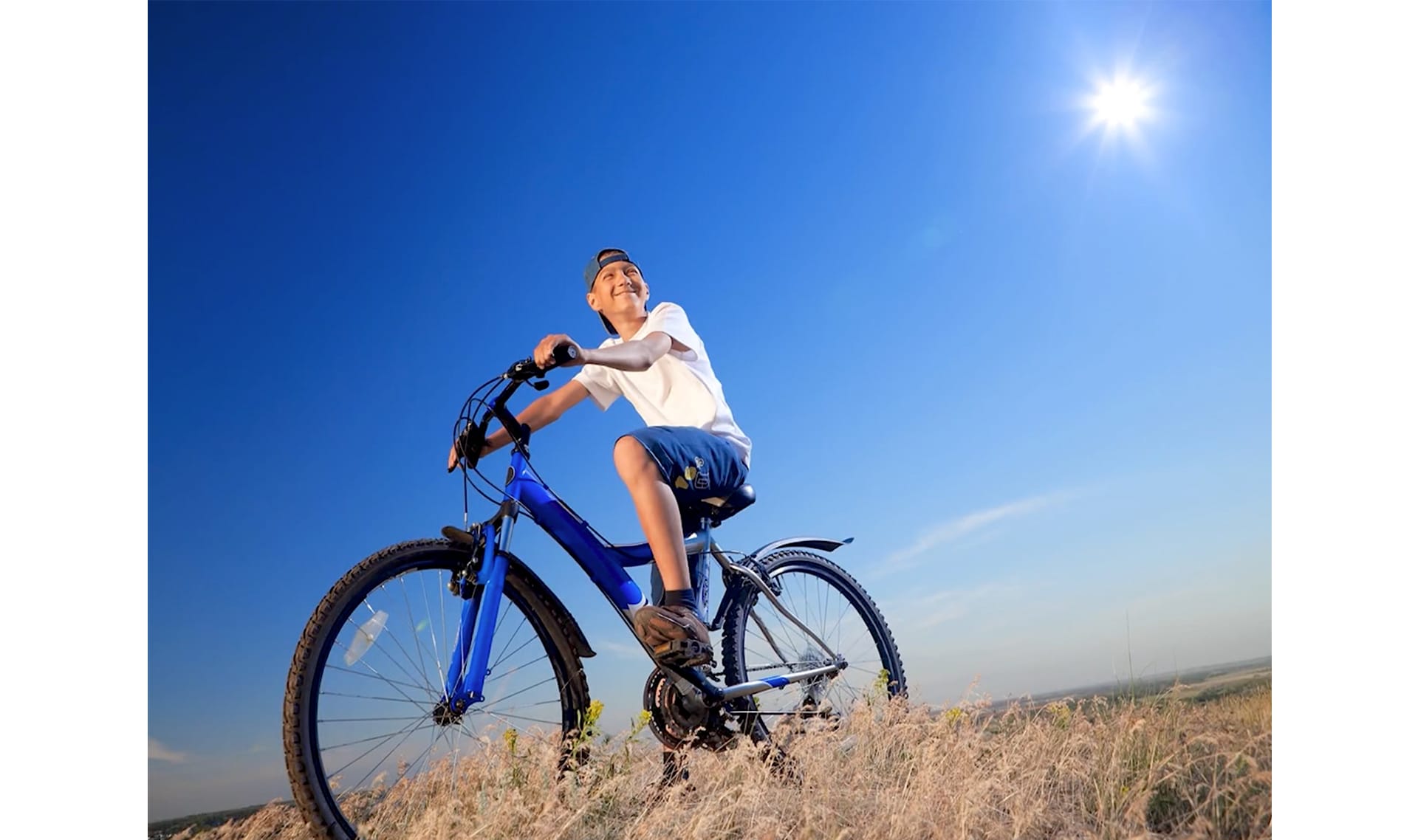
soleado
8 de 17
cuando el Sol emite mucha luz y no está nublado
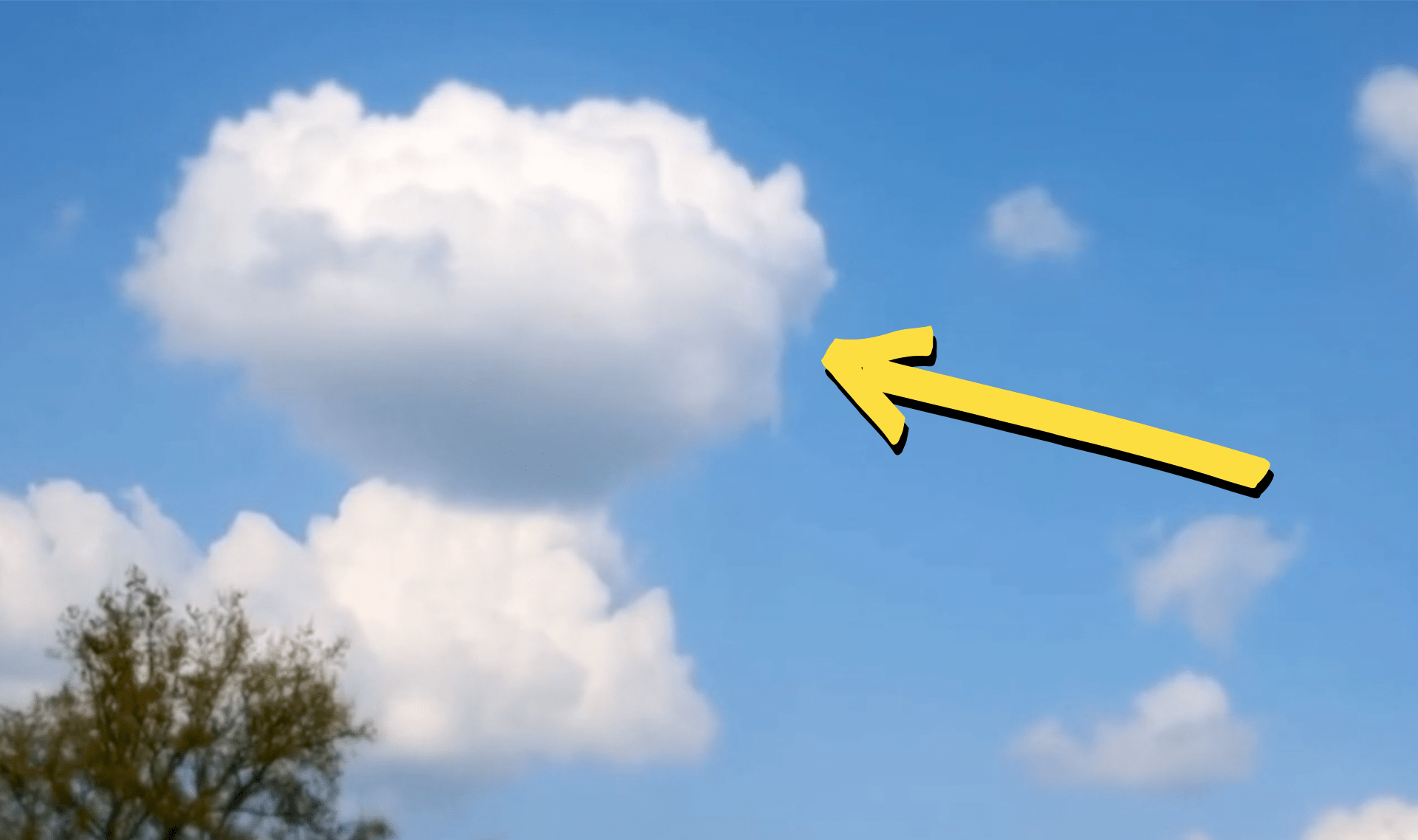
nube
9 de 17
un objeto blanco y esponjoso que flota en el cielo
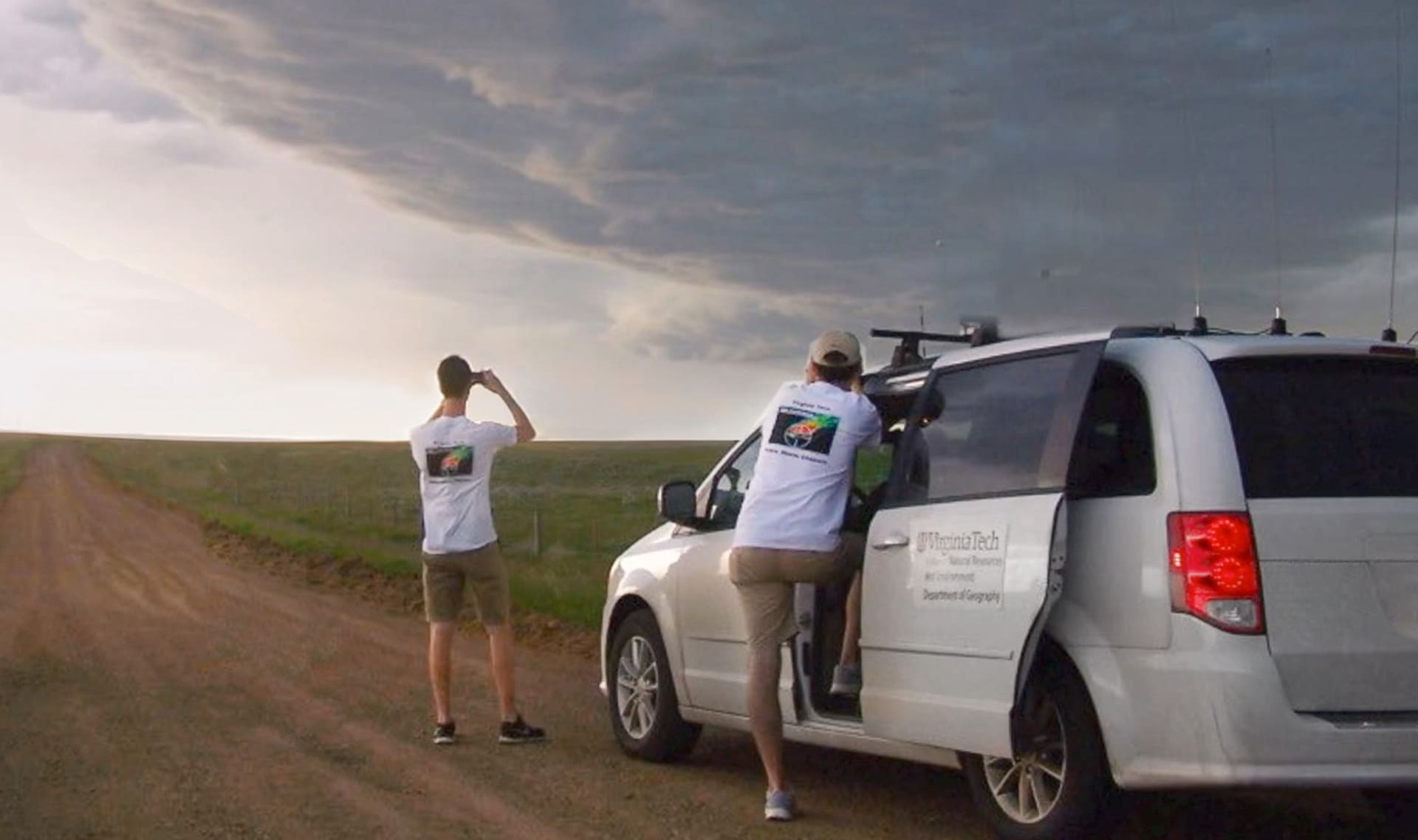
nublado
10 de 17
cuando hay muchas nubes en el cielo y no está soleado
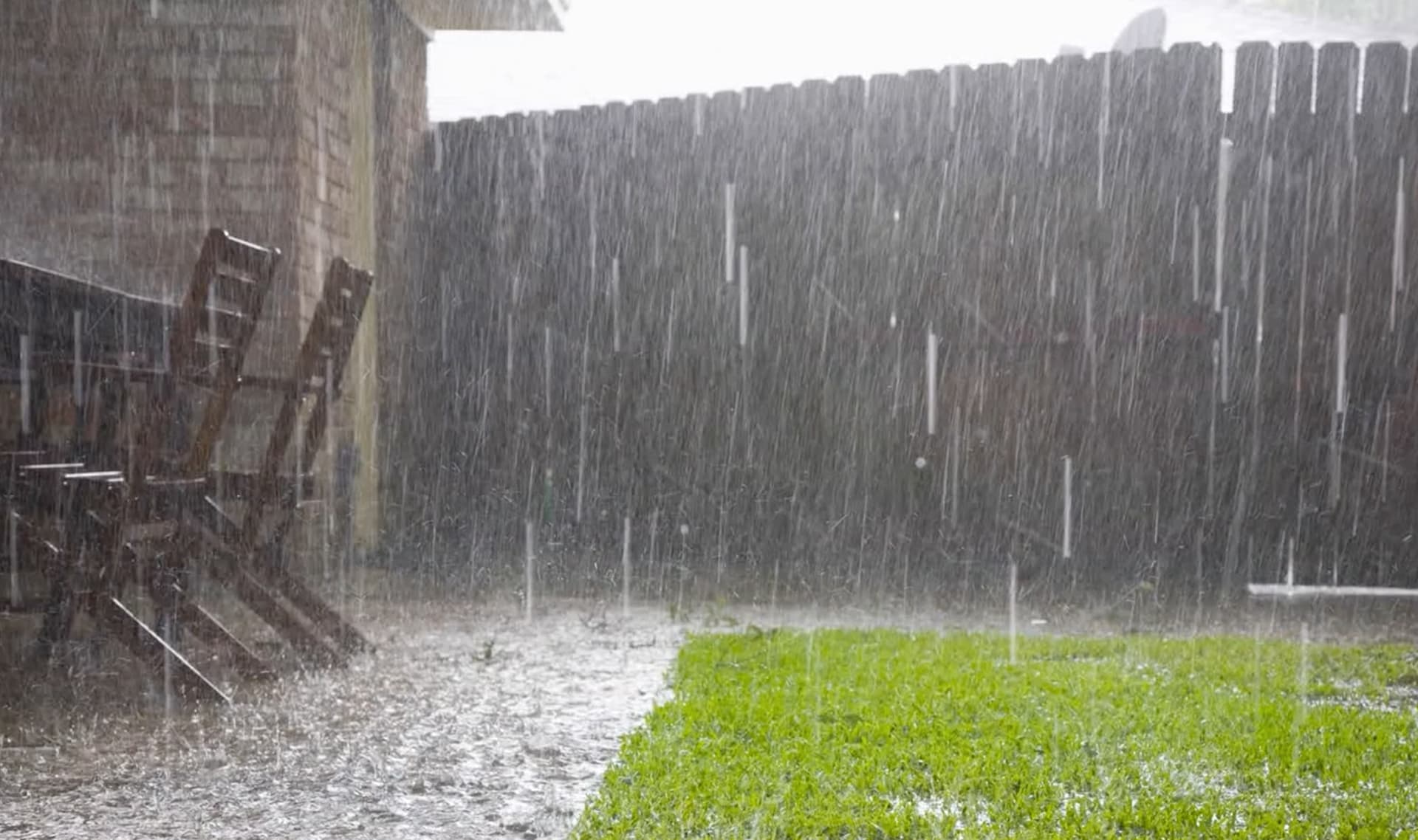
lluvia
11 de 17
gotas de agua que caen de las nubes

Please wait…
This video is having trouble loading. You may have lost your Internet connection.
Step 1: Click to Reload this page
Step 2: Click to
Try our other video player
Step 3: Contact your teacher if trouble persists.
Or,
dismiss this message.
lluvioso
12 de 17
cuando cae mucha lluvia

viento
13 de 17
aire que se mueve

Please wait…
This video is having trouble loading. You may have lost your Internet connection.
Step 1: Click to Reload this page
Step 2: Click to
Try our other video player
Step 3: Contact your teacher if trouble persists.
Or,
dismiss this message.
ventoso
14 de 17
cuando hay mucho viento
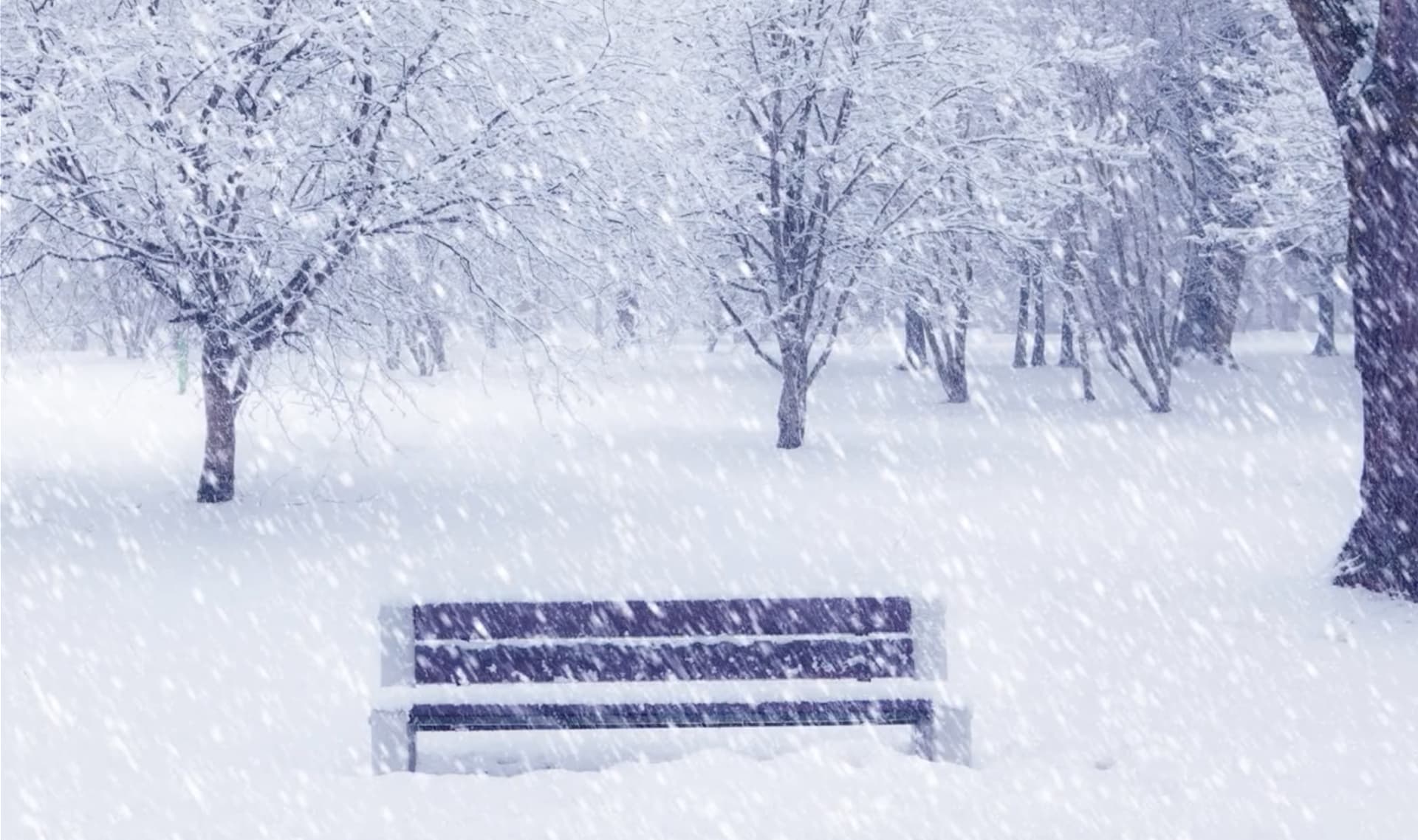
nieve
15 de 17
agua sólida que cae del cielo cuando hace mucho frío

Please wait…
This video is having trouble loading. You may have lost your Internet connection.
Step 1: Click to Reload this page
Step 2: Click to
Try our other video player
Step 3: Contact your teacher if trouble persists.
Or,
dismiss this message.
nevado
16 de 17
cuando hay mucha nieve
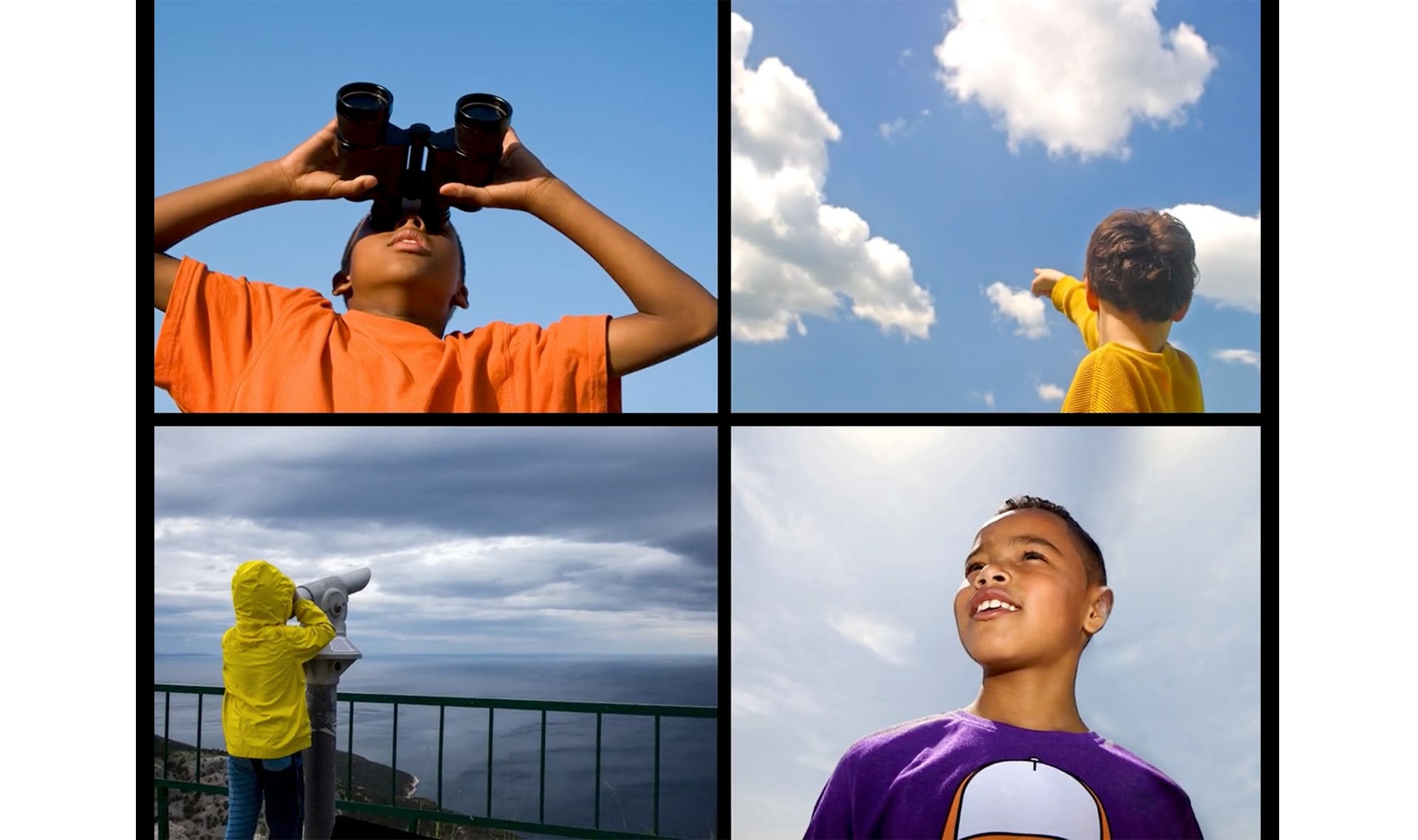
observar
17 de 17
ponerle mucha atención a algo



